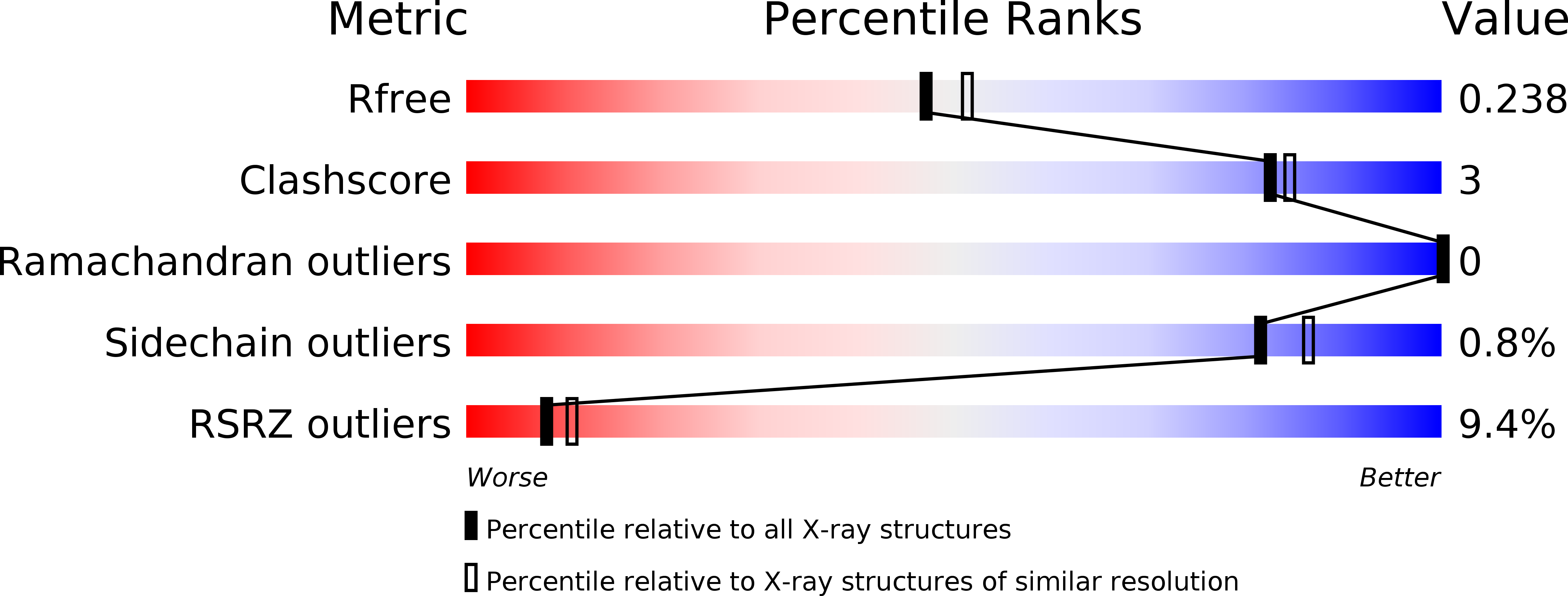
Deposition Date
2014-09-02
Release Date
2015-01-21
Last Version Date
2024-10-23
Entry Detail
PDB ID:
4WB6
Keywords:
Title:
Crystal structure of a L205R mutant of human cAMP-dependent protein kinase A (catalytic alpha subunit)
Biological Source:
Source Organism:
Homo sapiens (Taxon ID: 9606)
Host Organism:
Method Details:
Experimental Method:
Resolution:
2.10 Å
R-Value Free:
0.23
R-Value Work:
0.18
R-Value Observed:
0.19
Space Group:
P 1 21 1


